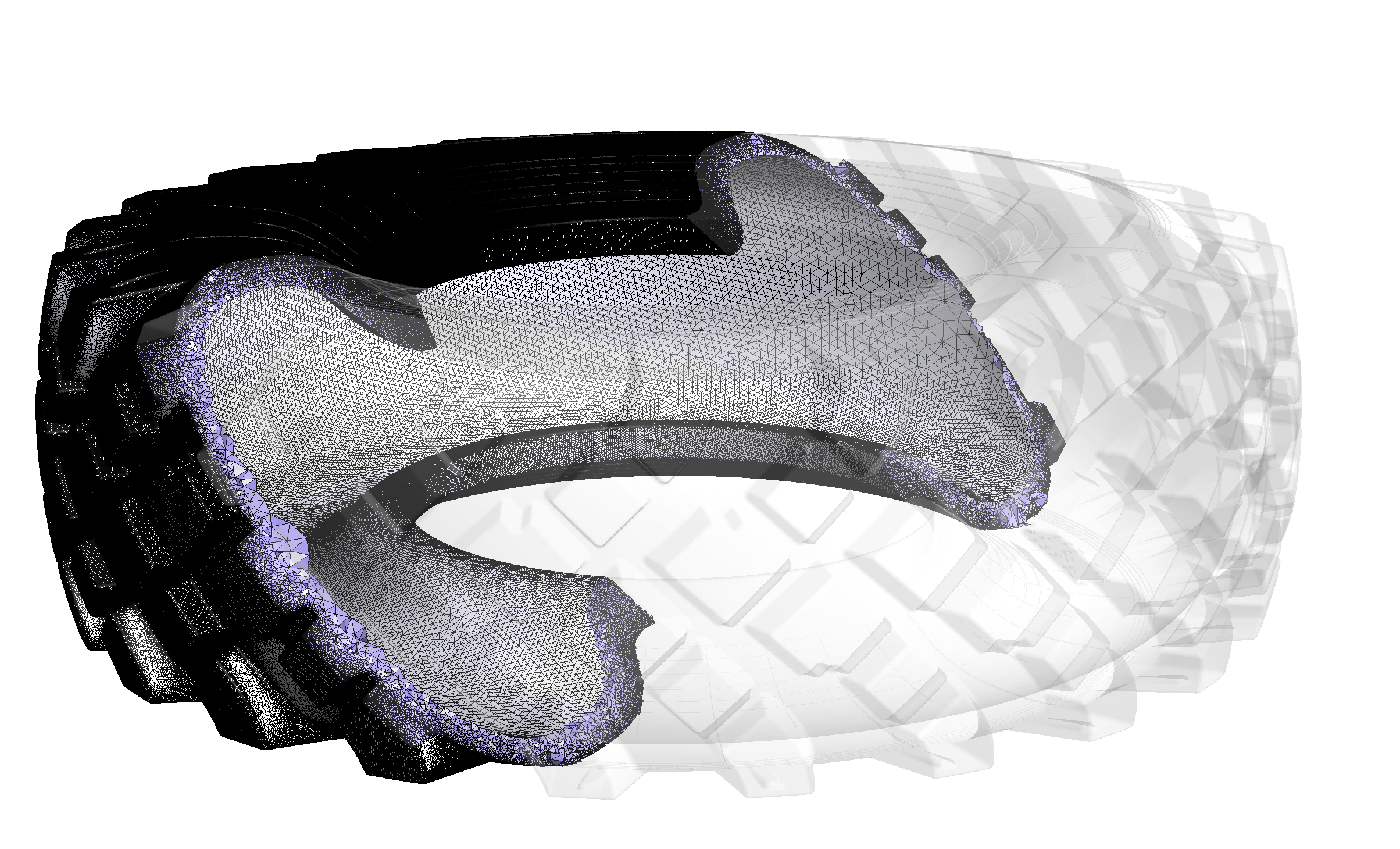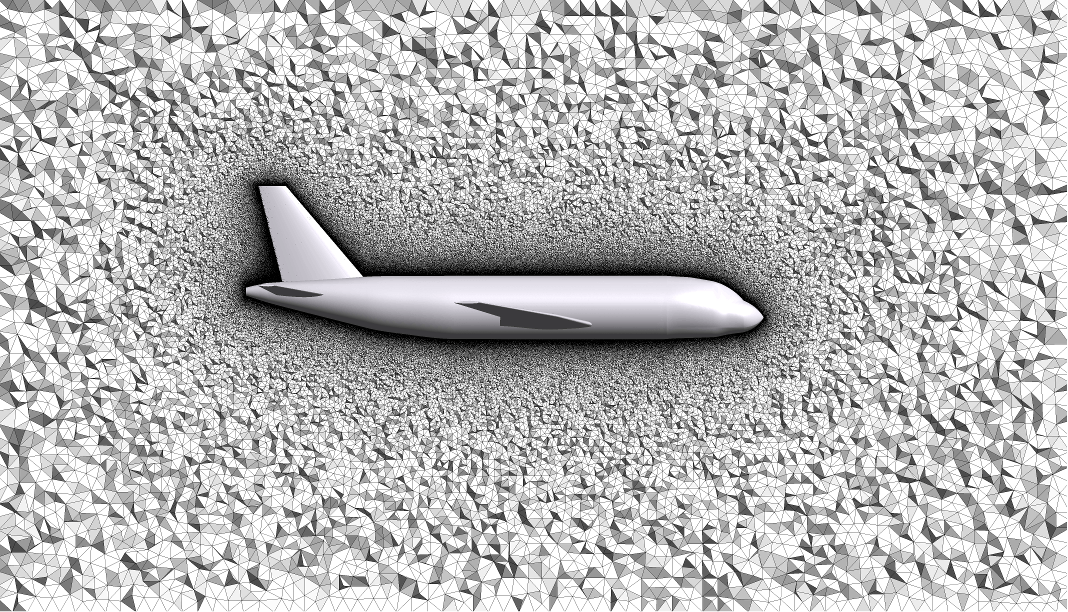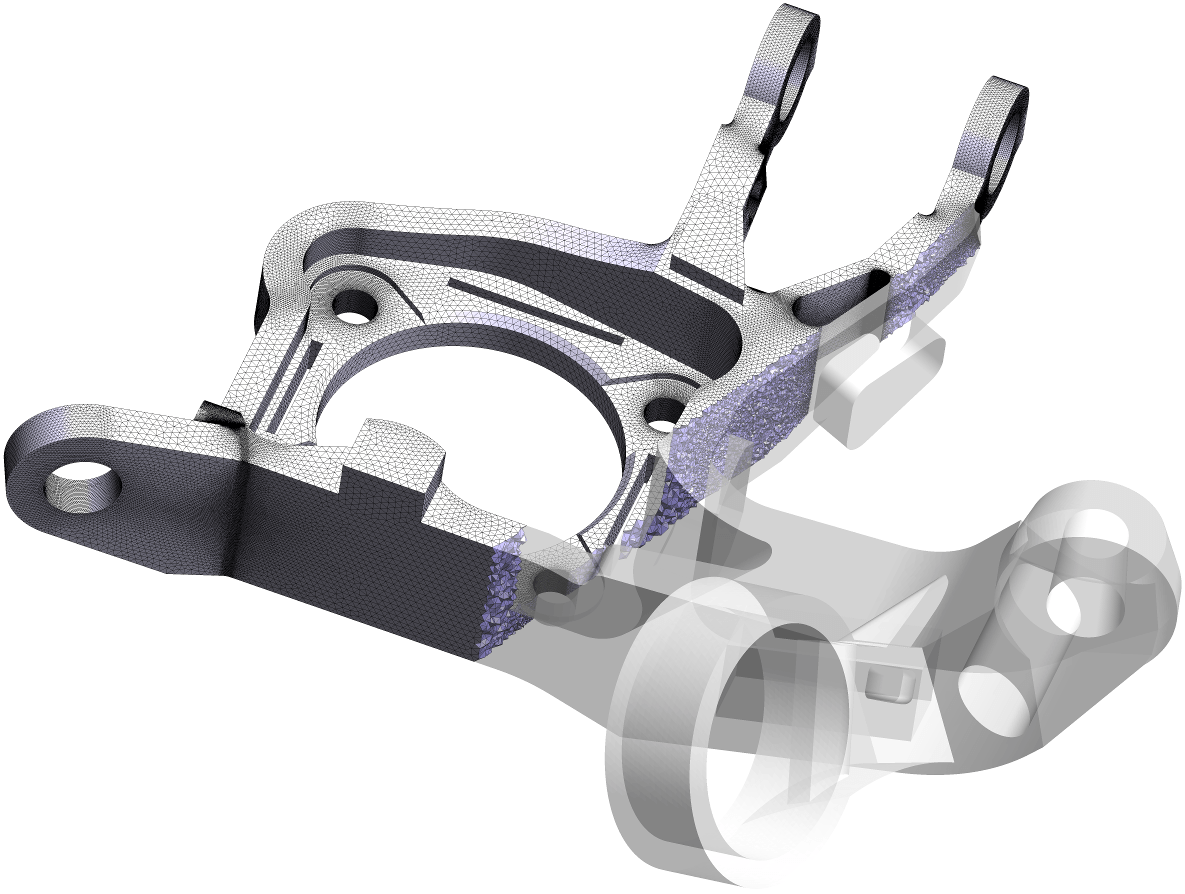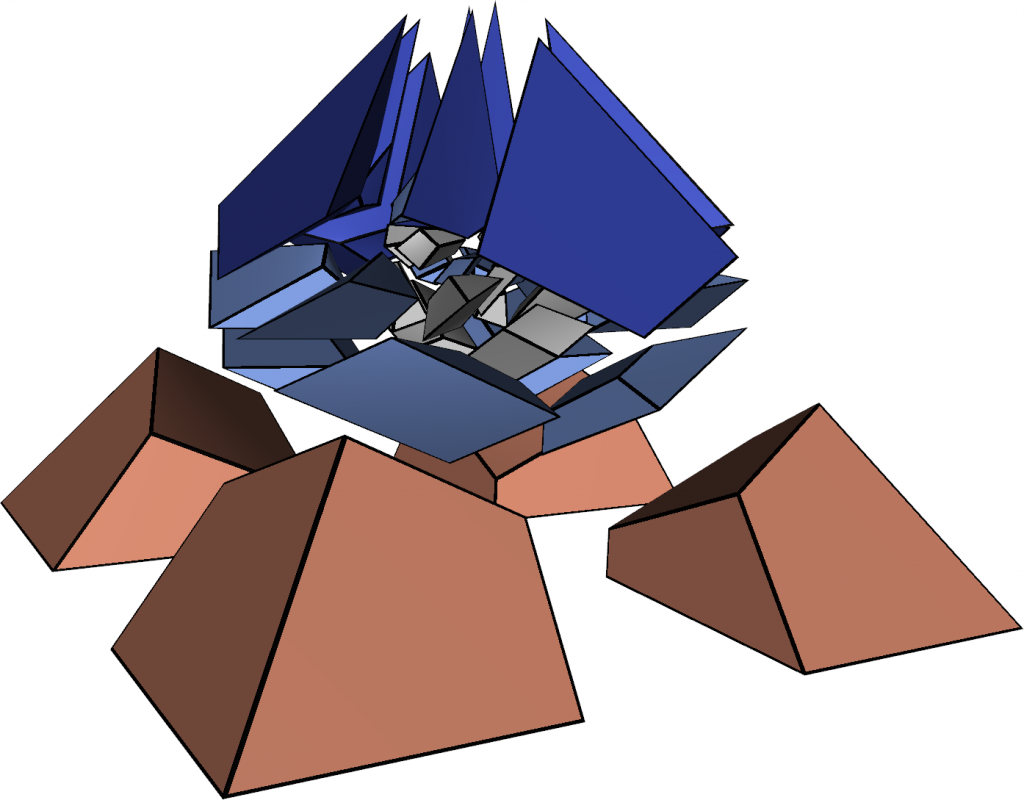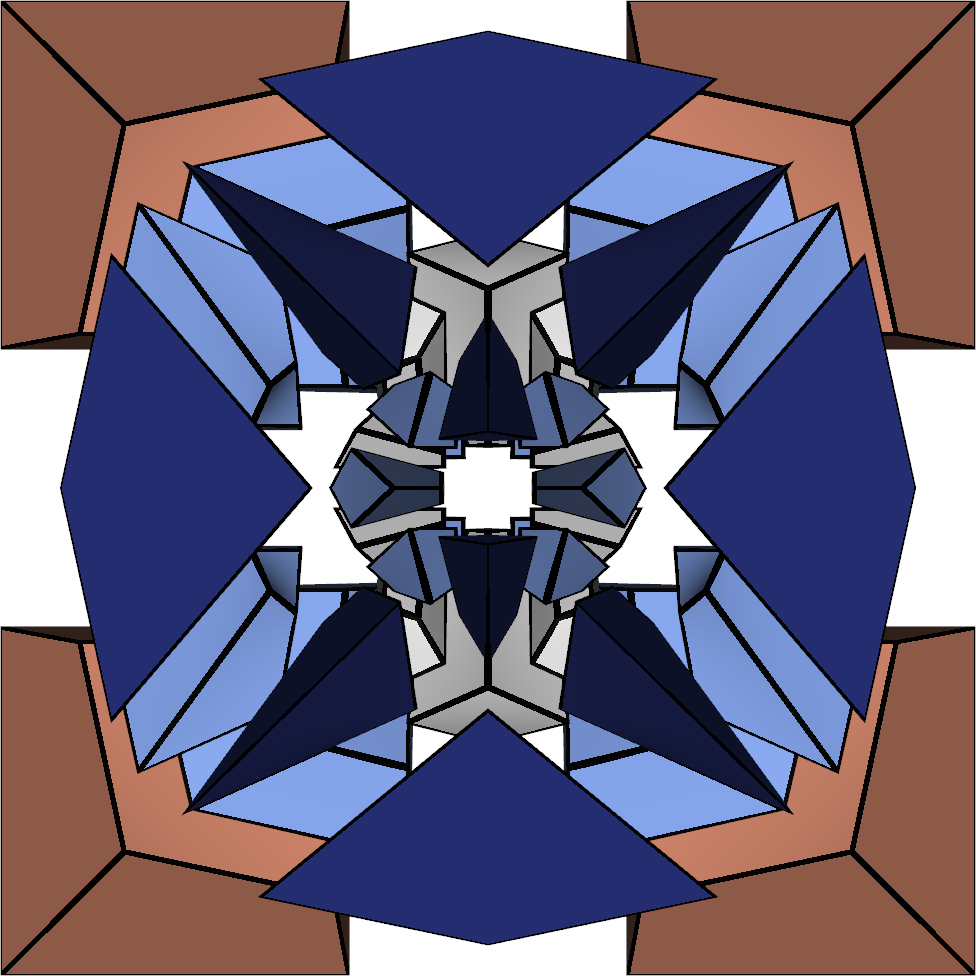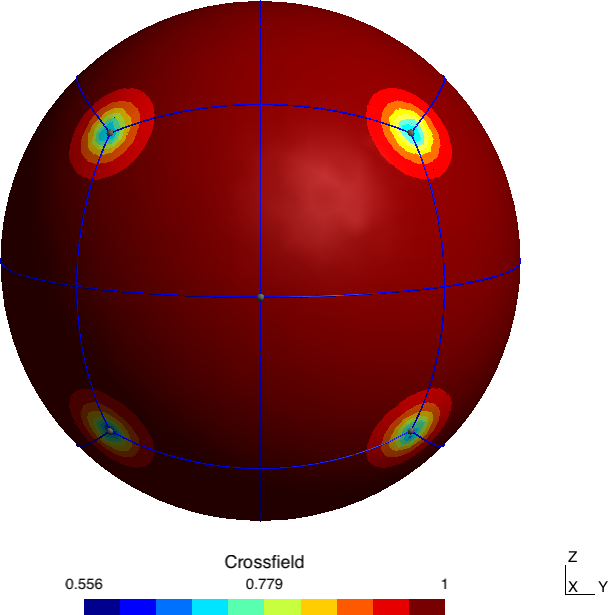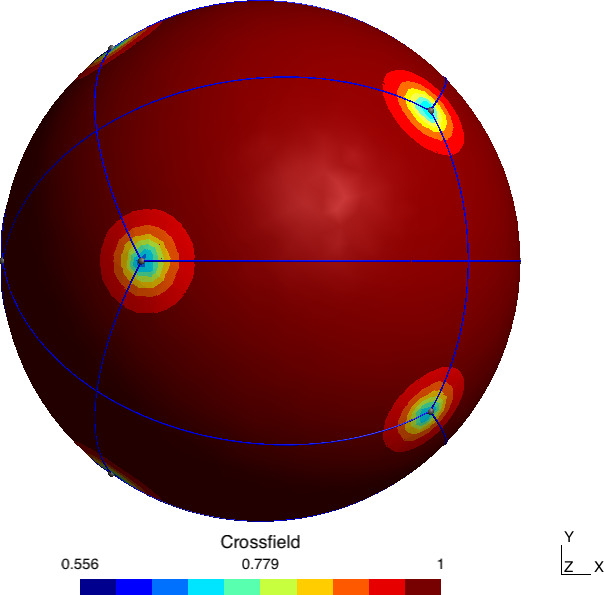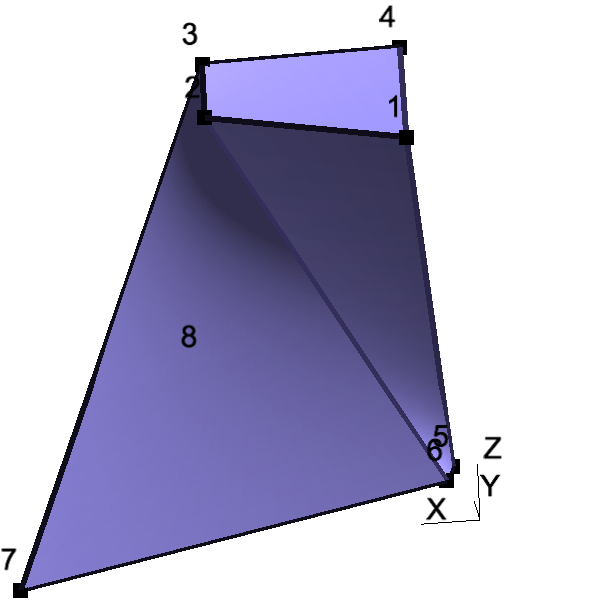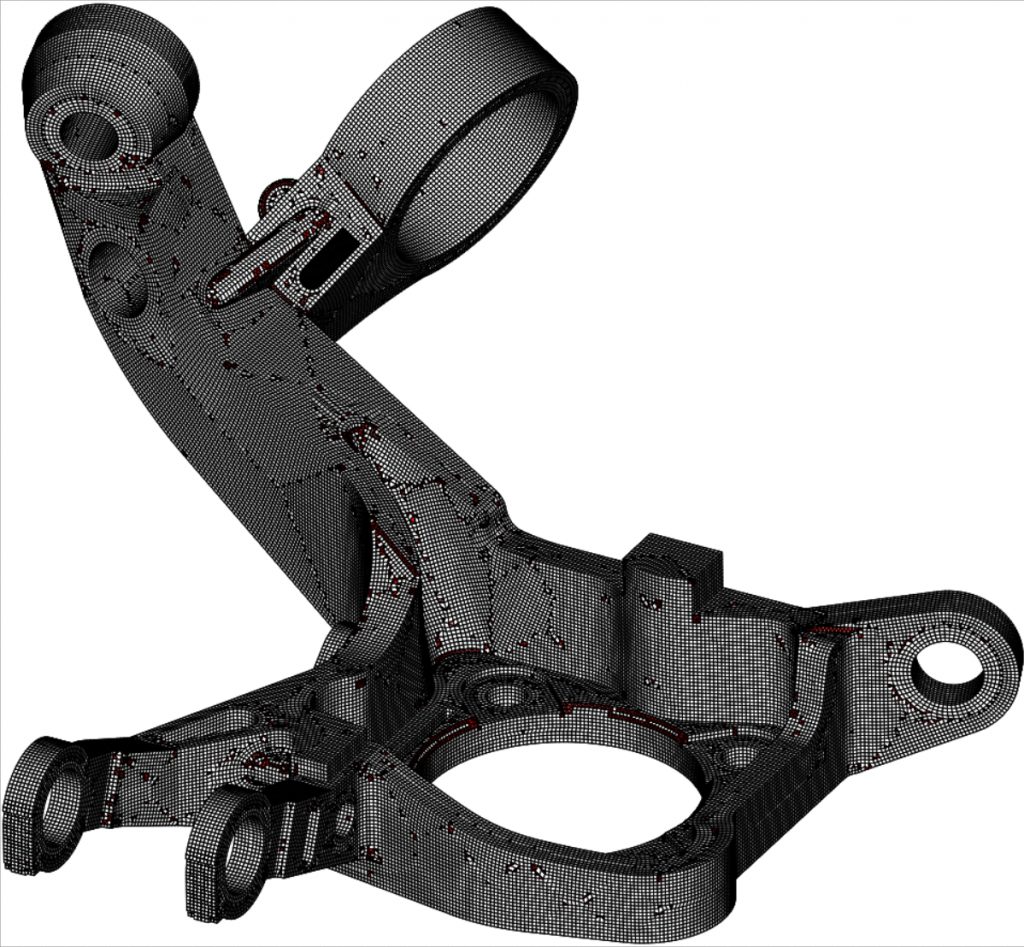Authors: Jovana Jezdimirović, Alexandre Chemin, Maxence Reberol, François Henrotte, Jean-François Remacle

Abstract: A novel algorithm that produces a quad layout based on an imposed set of singularities is proposed. In this paper, we either use singularities that appear naturally, e.g., by minimizing Ginzburg-Landau energy, or use as an input user-defined singularity pattern, possibly with high valence singularities that do not appear naturally in cross-field computations. The first contribution of the paper is the development of a formulation that allows computing a cross-field from a given set of singularities through the resolution of two linear PDEs. Specific mesh refinement is applied at the vicinity of singularities to accommodate the large gradients of cross directions that appear in the vicinity of singularities of high valence. The paper’s second contribution is a correction scheme that repairs limit cycles and/or non-quadrilateral patches. Finally, a high-quality block-structured quad mesh is generated from the quad layout and per-partition parametrization.
Paper in proceedings of the 29th International Meshing Roundtable


